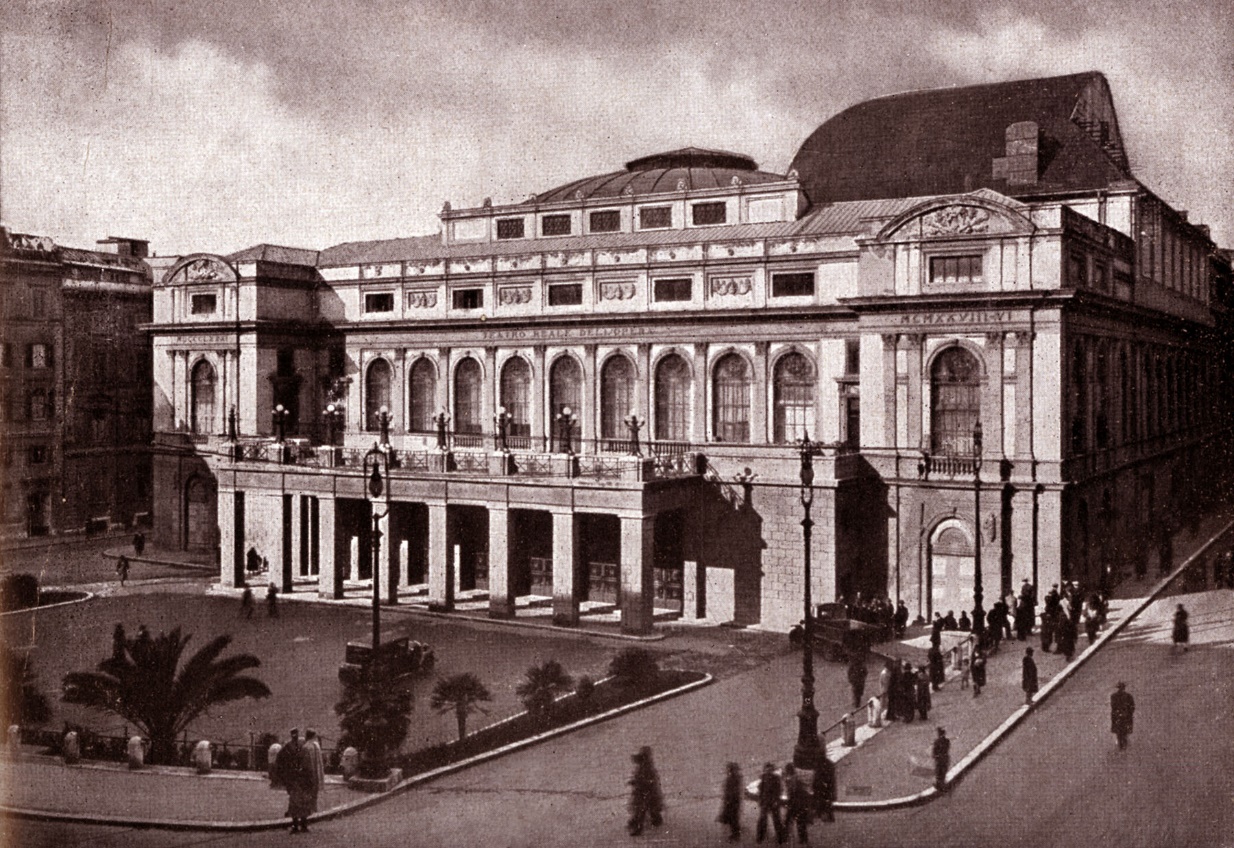Architetture per lo spettacolo e città tra Ottocento e Novecento. Proposte per una nuova identità urbana
Maria Grazia Turco

Abstract
This paper is part of the lodging of investigation on theater architecture and entertainment places for deeper changes and developments that occurred between the nineteenth and twentieth centuries. In the years of transition the theatrical life, characterized by great intellectual strength, causes profound changes not only in setting architectural and construction of such buildings, but also in the reorganization of the city and in the planning of expansion areas. Many urban areas shall have buildings for theatrical performances, which become collective symbol of the building in the service of society; it is an architectural design which is still in legacies of the past, but stimulated by different influences - political, social and language - centered in the definition of proposals that are an expression of a new urban and social identity. In Italy, where almost all urban areas have a theater, with the National Units develops a renewed fervor; particularly, in Rome, when it becomes the capital of the new nation, there is a frantic building activity aimed at reshaping the urban fabric to adapt to new political and administrative tasks.
Turco, M.G. “Architetture per lo spettacolo e città tra Ottocento e Novecento. Proposte per una nuova identità urbana.” In Theatroeideis. L’immagine della città, la città delle immagini, Atti del Convegno Internazionale (Bari, 15-19 giugno 2016), edited by M. Livadiotti et alii. “Thiasos Monografie 11”, vol. III, L’immagine della città moderna. Roma: Edizioni Quasar, 2018. 393-405.


